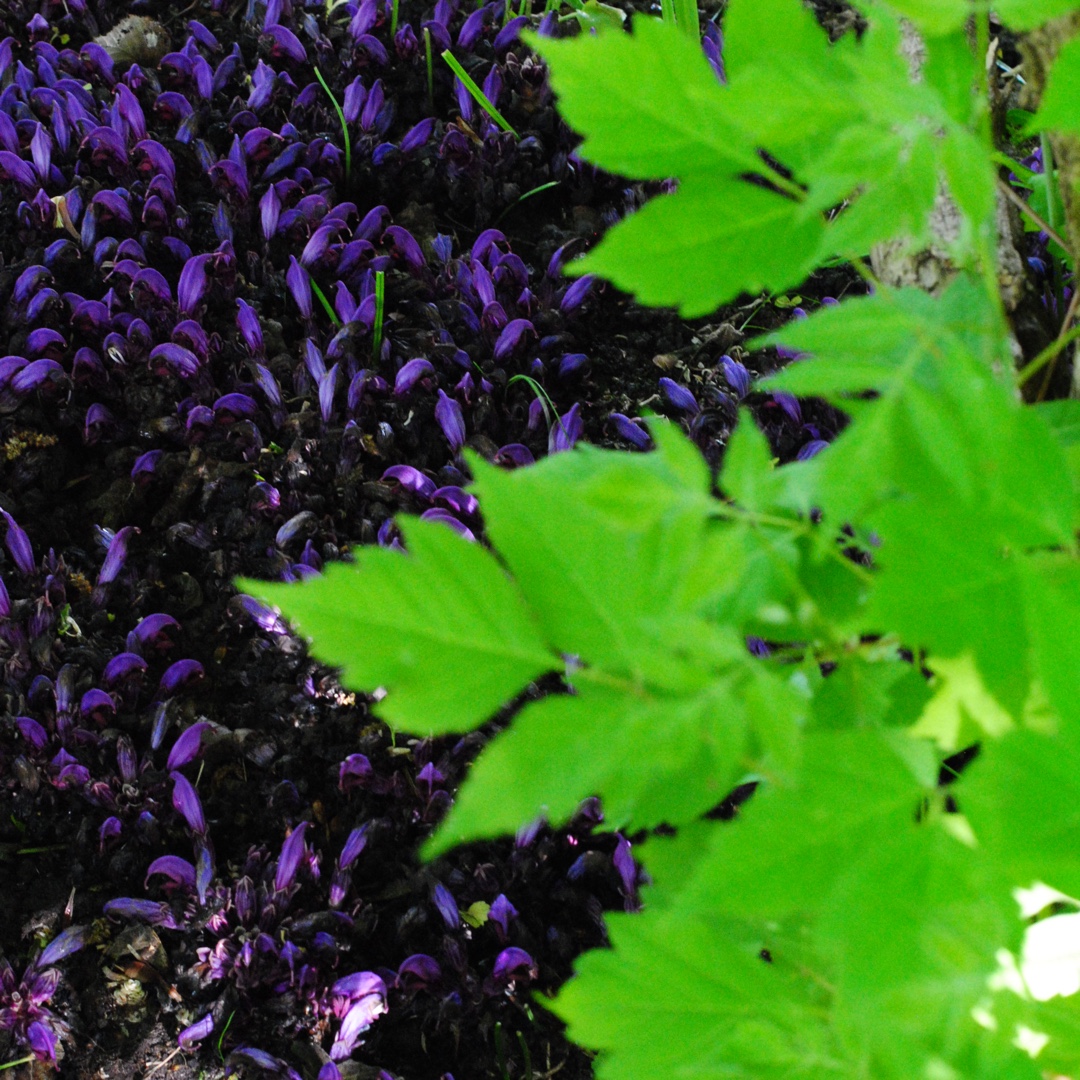
Lathraea Clandestina
purple toothwort
Purple toothwort is a parasitic plant which grows mostly on the roots of alder, poplar and willow. It usually grows in damp, shaded places in open woodland, especially near stream and river margins. Flowers are violet with a reddish purple lower lip 40 to 50 mm long borne in small clusters. Appearing above the ground the slightly-orchid like flowers are all that is visible. It is not thought to cause its host any harm.
Contributed by @ZoeHayes
-
Partial shade
-
Frequent watering
-
Full Frost Hardy: 5F (-15°C)
-
Moist and rich
Common name
purple toothwort
Latin name
Lathraea Clandestina
type
parasite
family
Orobanchaceae
ph
5.0 - 8.0 Acid - Neutral
Plant & bloom calendar
-
Best time to plant
full grown dimensions
 0.50 M
0.15 M
0.50 M
0.15 M
Lathraea Clandestina
Purple toothwort is a parasitic plant which grows mostly on the roots of alder, poplar and willow. It usually grows in damp, shaded places in open woodland, especially near stream and river margins. Flowers are violet with a reddish purple lower lip 40 to 50 mm long borne in small clusters. Appearing above the ground the slightly-orchid like flowers are all that is visible. It is not thought to cause its host any harm.
Planting young plants
From Early Spring TO Early Spring
Usually purchased as a division, it must be planted straight away. The roots need a host plant, preferably Willow, Poplar, Hazel or Alder. Dig a wide hole right next to the base of the host tree and physically wound the base with an axe or spade and then press the Lathraea right against this, cover with ordinary soil, firm well in and water. It may take up to two years to record any physical growth.









